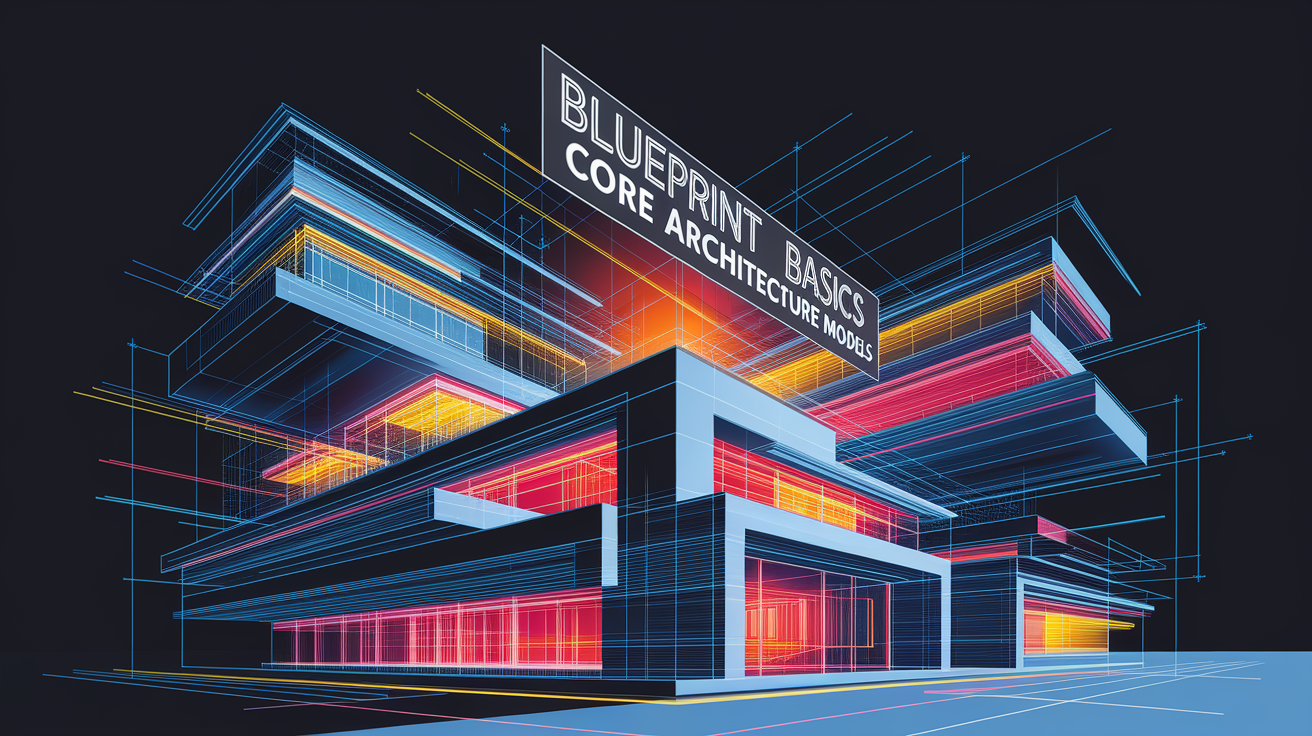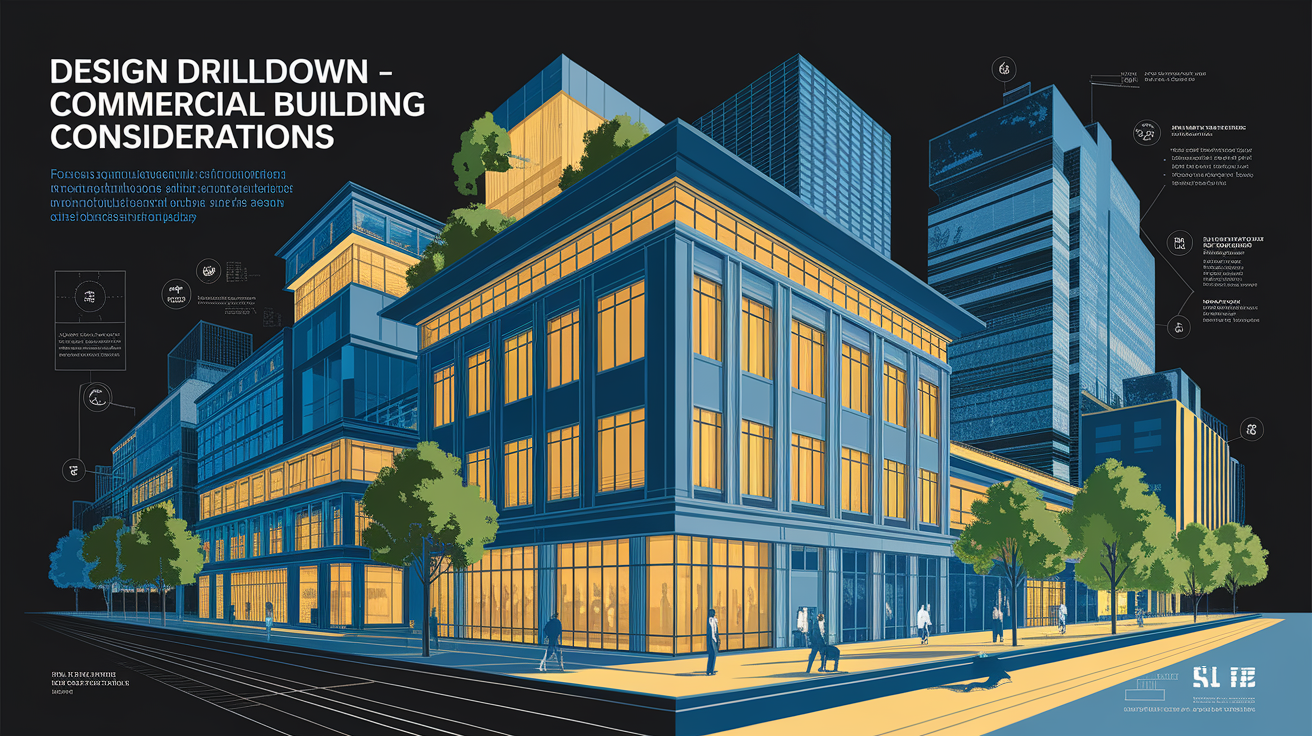Charge Forward: DC Microgrid Architectures for Commercial Buildings
Powering Up – Introduction
Direct current (DC) microgrid architectures are emerging as a transformative approach for powering commercial buildings, replacing or supplementing traditional alternating current (AC) systems. By employing DC power distribution, these systems streamline integration of renewable energy sources, battery storage, and advanced power electronics. Industry research, including studies from the National Renewable Energy Laboratory (NREL), shows commercial facilities — from office towers to retail complexes — stand to gain efficiency improvements between 6% and 8% over conventional AC setups. Reduced conversion losses, enhanced grid resilience, and improved control over distributed energy resources make DC microgrids particularly attractive for critical loads such as data centers, LED lighting, and building automation systems.

Blueprint Basics – Core Architecture Models
Commercial DC microgrids employ a range of design configurations to match operational priorities and reliability requirements. Common models include:

- Radial Architecture – A straightforward topology where power flows from a single DC bus through branches to loads; best suited for simple installations with predictable load patterns.
- Mesh Architecture – Utilizes multiple AC-DC interfaces and interlinks DC buses, providing alternative pathways for power flow. This improves fault protection and maintains supply during component failures (DUT study).
- Zonal Architecture – Divides a facility into independently controlled DC zones, allowing targeted load management and optimizing energy performance within each area.
Most commercial DC microgrids operate at nominal voltages of 380–480 V DC, balancing efficiency, safety, and compatibility with high-demand electrical loads.
Component Cornerstone – Essential System Elements
Key components of a commercial building DC microgrid include:

- Solar Photovoltaic (PV) Arrays – Provide direct DC generation for immediate use or storage.
- Energy Storage Systems – Commonly lithium-ion battery banks for backup power systems and load balancing.
- Power Converters – Bidirectional devices managing AC/DC transformation for grid interconnection and islanding capability.
- DC Bus and Distribution Wiring – Centralized point for distributing power to DC loads across the facility.
- Microgrid Control Systems – Oversee energy optimization, voltage regulation, and system stability.
- Building Automation Systems – Coordinate with the microgrid for demand response and optimized consumption.
A Department of Energy study highlights the pivotal role of DC power electronic hubs in integrating PV, storage, and critical facility loads while maintaining power quality and operational reliability.
Design Drilldown – Commercial Building Considerations
Implementing a DC microgrid in a commercial facility requires an assessment of existing electrical infrastructure, load profiles, and future energy goals. Building owners must evaluate:

- Critical Load Requirements – Identifying systems that require uninterrupted operation, such as data centers and refrigerated storage.
- Renewable Energy Integration – Determining potential for rooftop or onsite solar deployment and alignment with grid-tied systems.
- Energy Storage Integration – Sizing battery capacity to meet peak demands, support islanding operation, and improve grid synchronization.
- Electrical Safety Standards – Ensuring compliance with voltage limits, fault-current protection, and operational codes for commercial DC systems.
- Energy Management Systems – Choosing control strategies to optimize building energy performance and reduce operating costs.
Cost-benefit analysis is crucial, factoring installation expenses, operational savings from improved efficiency, and potential incentives for smart grid technology adoption.
Installation Insights – Best Practices and Standards
Industry experts recommend adhering to established electrical safety standards and interoperability guidelines to ensure reliability and reduce maintenance needs. Best practices for commercial DC microgrid installations include:
- Deploy fault protection and rapid shutdown mechanisms for safety.
- Use modular power system design to allow for scalability and future capacity expansion.
- Implement redundancy in distributed generation paths for resilience.
- Follow IEEE and IEC standards for grid interconnection and voltage regulation.
- Coordinate with local utility providers to ensure compliance and take advantage of net-metering or incentive programs.
Careful commissioning and periodic testing of backup power systems are essential to maintain performance over time.
Real-World Currents – Case Studies
Several commercial buildings have already realized benefits from DC microgrid implementation. In one DOE-sponsored case study, a small commercial building with a data center adopted a 480 V hybrid AC/DC system integrating rooftop PV, battery storage, and diesel backup. The facility improved energy efficiency, maintained seamless operation during a utility outage, and reduced operational costs.
The California Lighting Technology Center showcased a DC building-scale microgrid platform designed to power retail lighting and HVAC systems directly from onsite PV and battery storage. The project demonstrated reduced conversion losses and improved electrical load balancing, contributing to enhanced building sustainability metrics.
Circuit Closed – Conclusion
As commercial buildings increasingly seek energy independence solutions and lower carbon footprints, DC microgrids offer a compelling alternative to legacy AC distribution systems. By simplifying renewable energy integration, enhancing energy efficiency, and bolstering power system reliability, these architectures position businesses to not only cut costs but also strengthen operational resilience. With proven case studies and growing standards support, DC power distribution in commercial facilities is poised to become a cornerstone of next-generation building energy performance.







